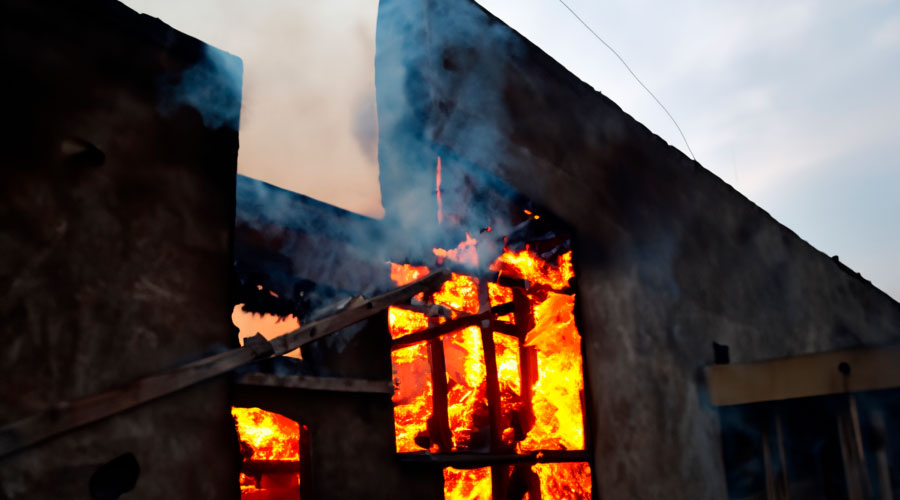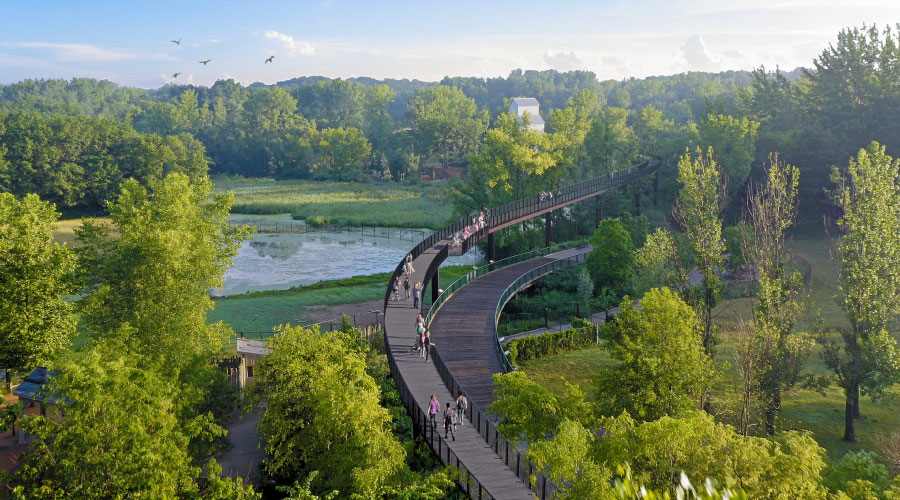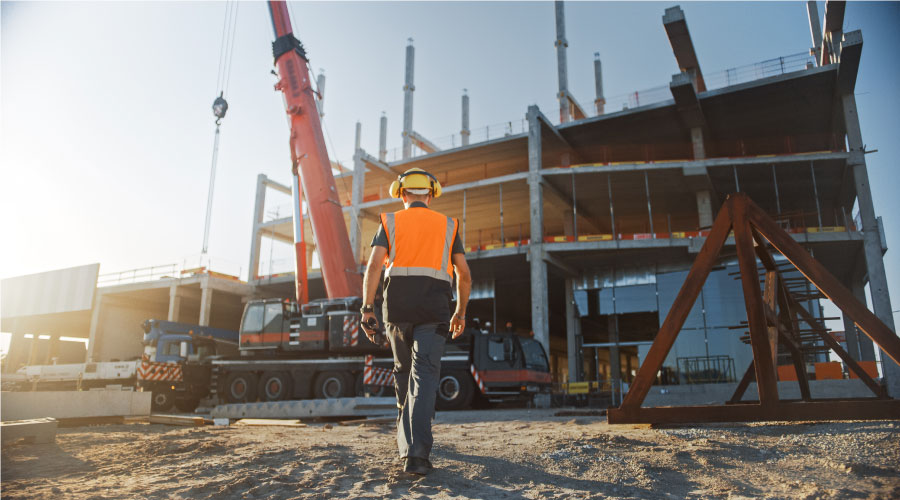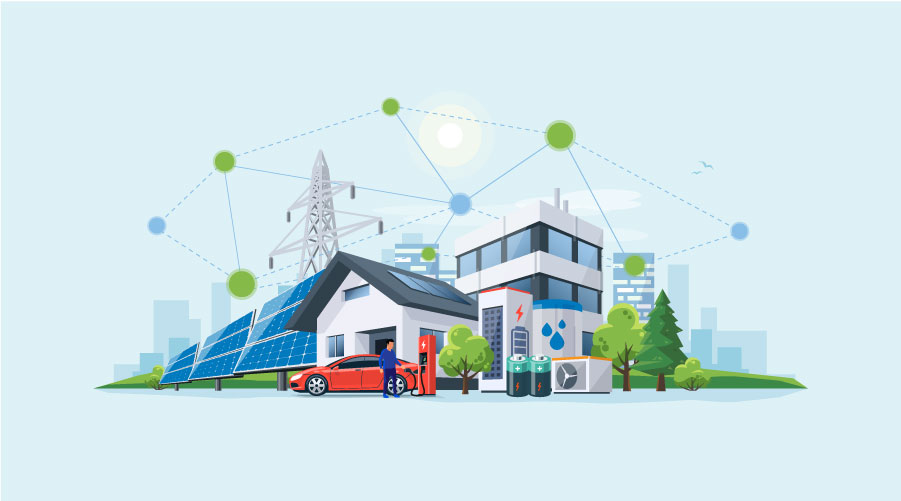
Managing the Building Envelope
Facility managers need to be proactive in combatting issues such as water leaks, air filtration and thermal bridging. August 17, 2023
By Jeff Wardon, Jr., Assistant Editor
The building envelope acts like a shield protecting a facility’s insides from the hazards of the outside. It is critical that facility managers know the ins and outs of their envelopes, such as materials, durability and longevity. Sergio Pagés, client relations manager at StructureTec, will highlight these aspects and more with his session “The Importance of the Building Envelope” at NFMT Remix in Orlando, Florida, running from October 25 to 26.
NFMT: What key factors should facility managers consider when selecting building envelope materials to ensure optimal energy efficiency and cost-effectiveness?
Pagés: With building envelope materials, the main thing that facility managers need to consider is that the products have been tried and proven. I will say in the industry it is very important because new products are tested in their facilities and then the products prematurely fail. So, when you are selecting a product or any type of material, it needs to be tried and proven in the industry.
For example, we tried to specify materials that have a good track record. The reason for that is because these envelopes are exposed to very drastic temperature changes, especially in the northern parts of the United States and Canada. The temperatures there can go from several degrees below zero, and in the south, it can go to 100 plus degrees. If you have products that are not tested, they tend to prematurely fail and then the envelope gets compromised. Which not only affects its performance, but it becomes another cost for replacing things.
NFMT: How does the building envelope impact interior spaces, and what strategies can facility managers implement to maintain a healthy and comfortable environment for occupants?
Pagés: The building envelope systems, whether it is the roofs or the exterior facades, basically protect the building from weathering. It is very important that the design – especially new buildings are designed with that in mind – that the entire envelope completely protects the interior from the exterior.
Also, some of the tools that we use for determining restoration projects, we will look at the different types of improvements that we can do in terms of the insulation value of the R value. For example, if you are replacing a roof on an existing facility, you can go to a more current R value system which has a significant effect on the energy performance. As for the facades or walls, there have been some significant improvements in the technology of windows and curtain wall systems that have much higher energy performance.
Taking that into consideration, when selecting the materials, it is crucial that you are paying attention to that rather than just concentrating on the cost only. If you look at the improvements you can make in a retrofit or in a restoration project, selecting the right products can have an impact on your overall life of the building.
NFMT: As a facility manager, how can you proactively address common building envelope issues such as water leaks, air infiltration, and thermal bridging to prevent potential damage and reduce maintenance costs?
Pagés: When it comes to the building envelope, you want to be more proactive and there are certain proactive practices that you can do. For example, on the roof it is recommended that you perform an infrared scan periodically, let's say every five years, so that you can see if there is any water infiltration that has gotten inside the roof itself. That will allow you to get ahead of a potential leak. Similarly for the envelope, you can use infrared scans to review the weather tightness and see any gaps on the envelope.
In addition to that, just develop a plan where you are inspecting these systems on a periodic basis. A lot of the facility managers I work with that have best practices, they have a systematic way of inspecting the building envelope systems every five years. That gives them a plan upfront to plan for any capital requests where there is need for replacements. However, more importantly you can then determine your maintenance cost to repair things before they fail.
NFMT: In the context of sustainable facilities management, what design features can be incorporated to enhance the building's overall environmental performance?
Pagés: When we speak to facility managers, we used the term sustainable in terms of maintaining buildings. For us and for a lot of the people that we serve it means extending the life of the buildings as much as possible. The building envelope is such a critical component in protecting everything that you want to extend the life of it as much as possible.
So sustainable for us means being able to proactively plan so that you can continue to extend the life of those assets. You can extend the life by performing the annual repairs, however, there are always opportunities where you can do some restoration. For example, with certain types of roofs, you can actually restore them and extend their life beyond their service life.
With the envelope, obviously the normal maintenance depends on the type of facades. However, with windows there are applications where you can restore windows before you have to replace them. So anytime you extend the life of the asset, you are developing a sustainable approach to your facilities management programs, especially as it pertains to the envelope.
To learn more about how important the building envelope and its related systems are, be sure to check out Pagés session at NFMT Remix. Register for Remix here.
Jeff Wardon, Jr. is the assistant editor for the facilities market.
Next
Read next on FacilitiesNet












